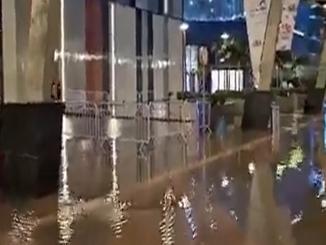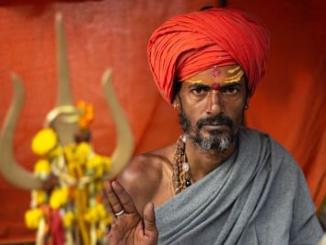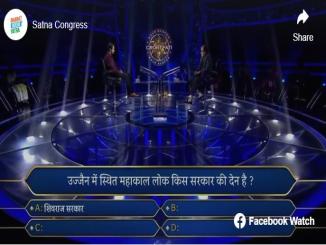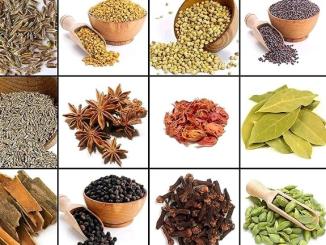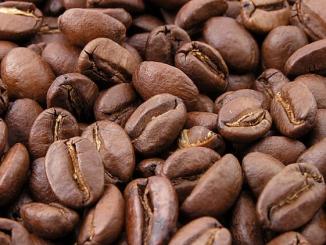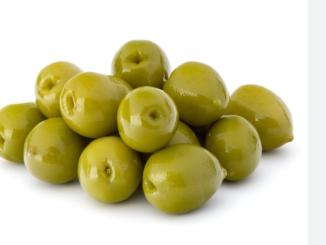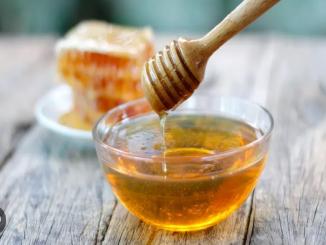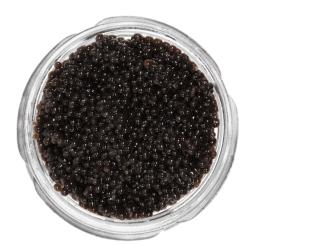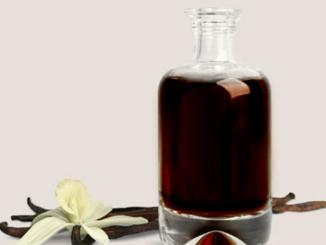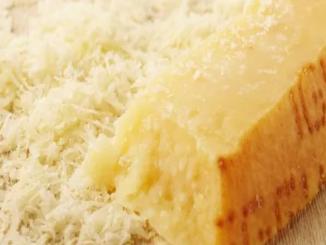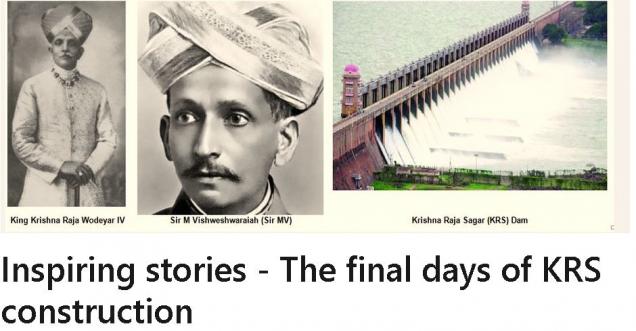
Facts Check: The below post is being shared on the social media starts as “The king of Mysore, Krishna Raja Wodeyar IV and Sir MV were in a pensive mood. They had reached a dead-end”
Brief Outline:
Facts Check: True
What is Viral?
An inspiring and heart touching share:
*A MUST READ*
*Inspiring stories - The final days of KRS construction*
The king of Mysore, Krishna Raja Wodeyar IV and Sir MV were in a pensive mood. They had reached a dead-end.
The proposed KRS dam was 6 months away from completion and they had run out of money. Just 8 months ago, the king had mortgaged his family jewels to king of Benaras (now called Varanasi – the oldest inhabited city in the world). The queen has given her favourite necklaces and family heirlooms for the project. But eventually, that too ran out in mounting labour and construction costs.
*According to human psyche, they say, when we are cornered and have nowhere to go, a sudden and un-expected courage takes over our very being. A man thus subjected will pull off all odds in a sortie mainly because he has nothing to lose. Sir MV had an impractical idea, but wanted to attempt.*
That morning, he sent out messages to all village headmen that he wanted to meet them in rushed out to village after village delivering the important missive. The agenda was not mentioned. Sir MV expected at the most 5 to 10 village headmen would come to the meeting due to short notice.
Next day, they reached the meeting at 3:50 pm. There were more than 500 people, village elders and younger crowd included. All wanted to hear the great engineer who was building this huge lifeline. There was another man walking with Sir MV. The crowd gasped. For most of them had never seen the king up so close.
*The king was a genteel, but education had taught him humility. He walked amongst the crowd, spoke to them as a commoner, mingled and finally took up the stage.*
*He spoke. From the heart. In their language. He did not hide anything. He said that he needed help. And asked the villagers if they would work for free for 4 weeks until he found out a solution. He told them that he was thinking of mortgaging one of palaces. Here was a king who was like them, without money and was about to mortgage his house. “Just like us” they thought. But what touched them most were his vulnerability and simplicity. The king had connected. The effect was electrifying.*
However, no one responded. A month of free work meant depleted savings for some, and for others, starvation.
*Next morning at 6:30 am Sir MV met the king and they commenced discussing mortgaging the palace when the king’s secretary suddenly rushed inside. He exclaimed “You got to see this.” Everyone hurriedly went to the palace balcony. The sight was one to behold.*
First they saw a few, then hundreds and then thousands. Wave after wave of people were streaming into the palace courtyard. Farmers, teachers, cart-drivers, old men, women - many with toddlers – *people of all sort and sizes came to do their tiny bit to complete the dream that was KRS. The king, queen, courtiers and Sir MV watched the spectacle with unbelievable eyes. With moistened eyes, the king held out his hand and placed it on his heart – a gesture of deepest gratitude. Even the non-emotional Sir MV was moved. The people of Mysore would not care if they were not paid, but they would complete the dam braving whatever odds that came their way. (“Yatha Raja Thatha Praja”)*
*KRS stands proudly as a testament to a humble king, brilliant engineer and the toil of thousands of men and women who made it an architectural wonder that it is. But above all, it is a symbolic representation of a miracle that can be achieved if your heart is pure and intentions are well.*
The sophisticated canal system from KRS to Shivana Samudra has enabled mother earth to deck herself in lushest of green. *This area is called the green gold of Karnataka.*
Facts Check Analysis: Yes the above information shared on the social media is true and has been widely shared by many known personalities. Initially written by Srinivas Krishnappa, Srinivas Krishnappa, also a writer has shared this story on the linkedin profile and hence forward has been widely shared on other social media apps.
As per wikipedia
Background
The region of Mysore and especially Mandya had historically been dry and had witnessed mass migration to adjoining areas in the hot summers. A severe drought in 1875–76 had wiped out one-fifth of the population of the Kingdom of Mysore. Crop failures were common due to lack of water for irrigation.The Kaveri river was seen as a potential source of irrigation water for the farmers in and around Mysore in the erstwhile Kingdom of Mysore.
Survey and plan
The Chief Engineer of Mysore M. Visvesvaraya presented a blueprint of a dam to be built across the river near the village of Kannambadi. However, he faced opposition from the finance ministry of the government of Mysore, who said the project would "serve no purpose" and that the electricity produced from it would not be of complete use due to lack in demand. He then approached T. Ananda Rao, the Diwan of Mysore and the Maharaja Krishna Raja Wadiyar IV for a reconsideration.[5] Upon examining, the latter gave his consent issuing an order on 11 October 1911 to begin the project and a sum of ₹81 lakh was set aside for it. Madras Presidency then opposed the project and urged the imperial government to not approve it. Upon Visvesvaraya's persuasion, the government consented. However, the initial plan to build a dam 194-feet high to hold an estimated 41,500,000,000 cu ft (1.18 km3) of water had to be dropped.
Construction
Construction began in November 1911, and 10,000 workers were employed. A mortar known as surki was used in place of cement, as the latter was not manufactured in India at the time and importing would prove costly for the state. By the time construction completed in 1931, around 5,000 to 10,000 persons had lost their homes to the project. However, they were rehabilitated and provided with agricultural land in the adjacent areas by the government.
Operation
In place of spillways that prevents over-topping of dams, Visvesvaraya employed 48 automatic gates that open and close at the rise and fall of water in the reservoir, in six sets, with eight in each. Each gate consists of a sill, lintel, and side grooves and plates; balance weight; float; chains and pulleys; and inlet and outlet pipes. The gates are made of cast iron and were manufactured at the Visvesvaraya Iron and Steel Plant in Bhadravati.
The eight sets of gates are connected by means of chains and pulleys to a dead weight, which in turn is connected to a float, making up the 'balance weight' together, working inside a masonry well, both on the rear of the dam. The dead weight and float are placed one behind the other so as to have four gates on each side of it. When all the eight gates close the sluice, the balance weight moves to the top of its swing and the float to the bottom of the well. The well has an inlet pipe 1 ft (0.30 m) in diameter from the reservoir that allows water in when the reservoir reaches maximum permissible level causing the float to rise, the balance weight to fall pulling the gates up allowing discharge of water. In the same mechanism, the well gets emptied through an exit pipe when water level in the reservoir falls.
Dam
Foundation Stone to dam was laid on 11th November 1911. The dam was built across river Kaveri in 1924. It is the main source of water for the districts of Mysore. The water is used for irrigation in Mysore and Mandya, and it is the main source of drinking water for all of Mysore, Mandya and almost the whole of Bengaluru city, the capital of Karnataka. The water released from this dam flows into the state of Tamil Nadu and is stored in Mettur dam in the Salem district.
Brindavan Gardens
The Brindavan Gardens is a show garden that has a botanical park, with fountains, as well as boat rides beneath the dam. Diwan Sir Mirza Ismail of Mysore planned and built the gardens in connection with the construction of the dam. KRS Dam was the first to install automated Crest gates during 1920, which was initiated by Sir. M V. Display items include a musical fountain. Various biological research departments are housed here. There is a guest house, a state run hotel, Hotel Mayura Kauvery KRS and a four-star luxury heritage hotel Royal Orchid for tourists.
Flora and fauna
KRS Dam & Garden
The landscape of the area represents a complexity of agricultural land, rural habitation, sparingly spread trees and patches of original vegetation at the close by Ranganathittu Wildlife Sanctuary, which attracts wide varieties of local and migrant birds. Nearly 220 species[9] of birds have been recorded here in large numbers.




